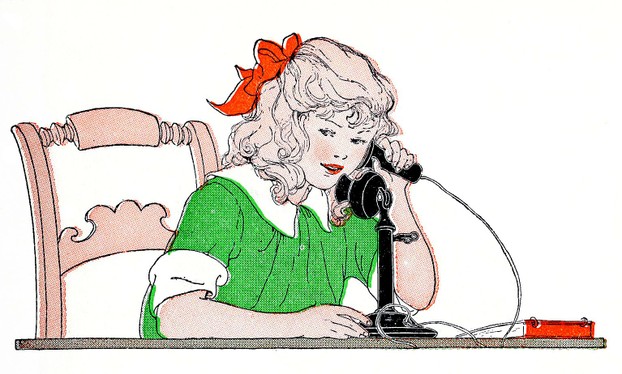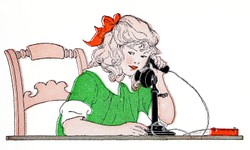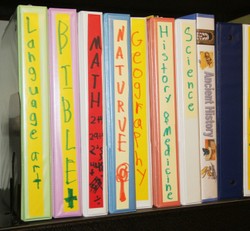These tips work whether a child is reading independently or listening to you read aloud.
1. Ask Different Questions
Maybe the problem is the term "main idea." Try using other terminology instead.
- What is the point?
- What's the most important idea here?
- What do you think is the big idea?
- What is the author trying to say?
- What is the purpose of what we read?
2. Give Examples
Try to point out main ideas in day to day life.
- After a cartoon or television show, discuss the "main idea" it tried to convey.
- After someone tells a story, point out the one main idea and the secondary details.
3. Use Highlighters
Give the student a copy of the text which he can mark on. Look for repeated words and mark them. Those are clues to the main idea. The most repeated word is probably the topic. Have your child look for what is being said about the topic.
Often the main idea is stated clearly somewhere in the passage. Other times the main idea is implied. In that case, , the reader must come to a conclusion on his own based on the details given. This situation is the most challenging for finding the main idea. It requires a much higher cognitive (thinking) function than merely identifying a clearly stated main idea.
4. Check Yourself
When you have a possible main idea, ask if every part of the passage works to express that. If not, you may have selected a supporting detail instead of the main idea.
5. Work Backwards
Look at how paragraphs and essays are structured to express main ideas. Let your child analyze the main ideas and supporting details of his own writing. Use outlines or graphic organizers to make the structure visual.















 Unique Uses for an Over the Door Shoe Organizeron 01/27/2012
Unique Uses for an Over the Door Shoe Organizeron 01/27/2012
 How to Get Pinned at Pintereston 01/27/2012
How to Get Pinned at Pintereston 01/27/2012
 Top Five Field Trip Destinations in Memphis, Tennesseeon 01/26/2012
Top Five Field Trip Destinations in Memphis, Tennesseeon 01/26/2012
 Maya Angelou Poet Studyon 01/22/2012
Maya Angelou Poet Studyon 01/22/2012


Comments
Good points. I'm sure this series of articles will be helpful to teachers in schools, as well as to home schoolers.